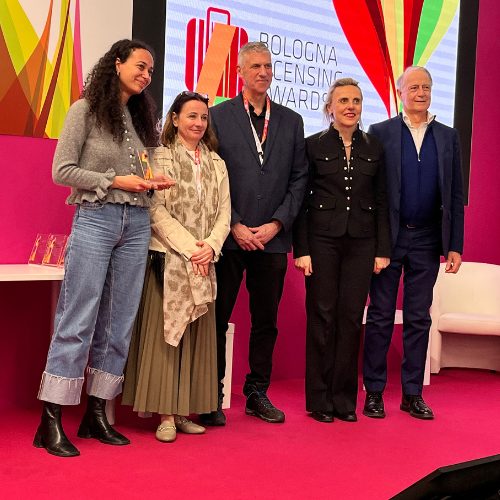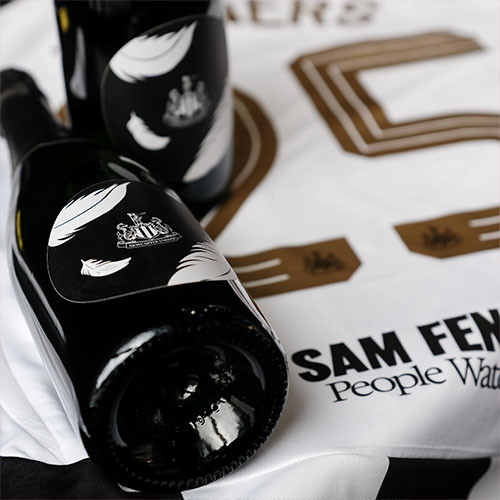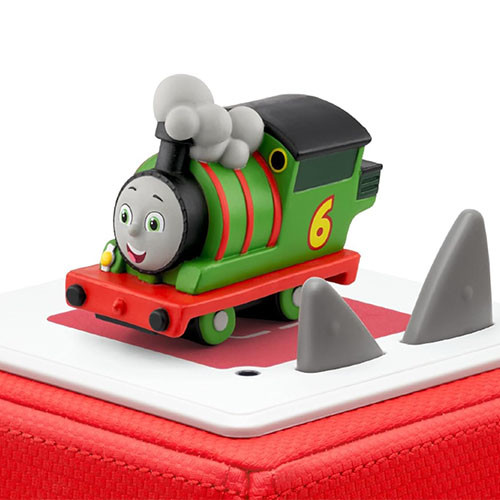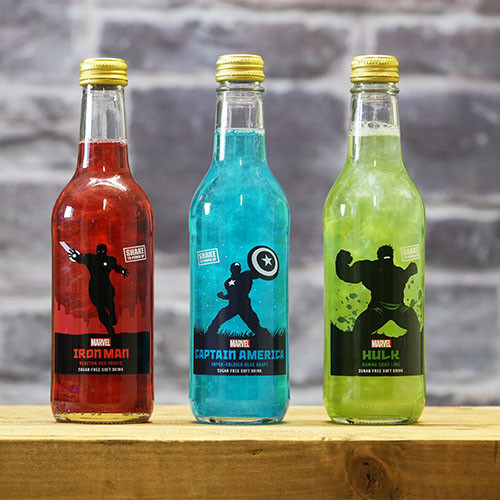The Insights Family on how kids are not only open to the concept of the metaverse, but are already engaging with it and what this could mean for brands.
The younger generations are primed for the metaverse. Although their parents have witnessed the development of the digital age, the on-demand generation have grown up with the internet at their fingertips.
The amount of time that kids are spending within digital worlds, coupled with their desire to express themselves through their purchases, demonstrates that not only are they open to the concept of the metaverse but they are already engaging with it.
There are, of course, some obstacles facing brands which are looking to explore the metaverse. Firstly, there is the challenge of IP ownership when considering content licensing in the metaverse. Digital objects, ads, media, characters and experiences are being created by a number of different creators, making it hard to keep track of who has rights to what. This is where NFTs have been used to determine ownership of a property, allowing brands to monitor their assets. Secondly, the current cost of AR/VR units is slowing down the transition to the metaverse. However, in the UK, year-on-year ownership of VR devices among tweens has more than doubled since 2020.
Over one-in-ten of kids aged 10-12 in Europe now have access to VR digital environments. With the rise of the metaverse comes the promise of a world of augmented reality. 2021 ended with Facebook committing itself fully to AR by changing its name to ‘Meta’ and tech giants such as Apple are investing in an AR/VR headset. We have only seen the start of the endless possibilities to uncover in the metaverse.
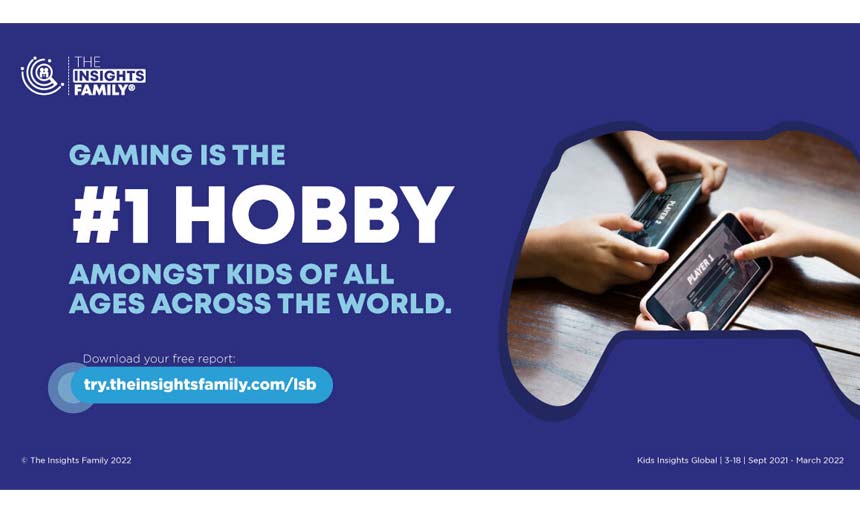
Kids are already immersed in virtual reality gaming environments. Gaming is now on average the number one hobby globally among kids – twice as popular as the second-most, football. As gaming continues to win the attention of kids, the prominence of in-game advertising will become increasingly important and more opportunities will arise in the licensing world.
The popularity of in-game advertising grew across all European markets covered by Kids Insights and was the location which saw the largest growth in 2021. Nearly 1 in 10 tweens aged 10-12 across Europe now say that they first saw their favourite ad in a video game. It’s natural that as kids spend more time engaging with a particular medium, they are more likely to translate their activity into purchase behaviour.
As a result, brands are harnessing the power of these platforms in order to reach this digitally enabled audience. Globally, the popularity of licensed toys related to the gaming industry among kids aged 6-9 has grown by +23% on average in the last year.
One popular strategy to engage kids on gaming platforms is through the creation of licensed in-game content such as character skins. Disney has incorporated imagery from its IPs into Fortnite, for example characters from the Marvel Cinematic Universe. As a result, kids in the UK aged 13-15 who state that their favourite video game is Fortnite are considerably more likely than the average kid their age to like Iron Man (+69%), Spider-Man (+41%) and Captain America (+66%).
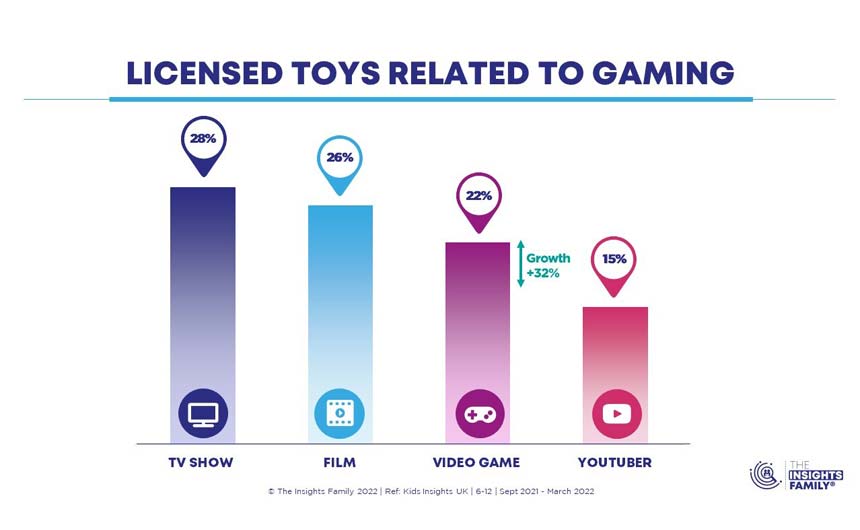
The top three video games among tweens globally – Minecraft, Fortnite and Roblox – have co-creative elements which enable users and brands to create immersive worlds for kids to engage with. There have been recent examples of virtual concerts on these platforms, such as Travis Scott in Fortnite and Lil Nas X in Roblox, which allow artists to reach their audience across the world, despite pandemic restrictions. Since then, there has been an influx of brands looking to create immersive in-game experiences, providing digital touchpoints on platforms where their target audience are natives, inspiring the next generation of consumers.
Roblox is the second most popular mobile game among 6-9s globally. In September, sneakers brand Vans launched the Vans World skatepark experience on Roblox. Users could interact with the brand by buying virtual merchandise for their avatars and practicing skating tricks. Following the launch of this metaverse experience (compared to Q2 2021), Kids Insights data has shown a +79% growth in the popularity of Vans as the favourite sneaker brand in the US (moving from 13th to 9th position).
Meanwhile, the L.O.L. Surprise game was launched on the platform in April 2021, with its target audience being slightly younger, at age 7+. More unstructured than the Vans World, players were encouraged to create the perfect life for their dolls with a more social element. Following this partnership, Kids Insights data indicates that UK girls aged 6-12 have reported a +33% rise in popularity of L.O.L. Dolls as a favourite toy.
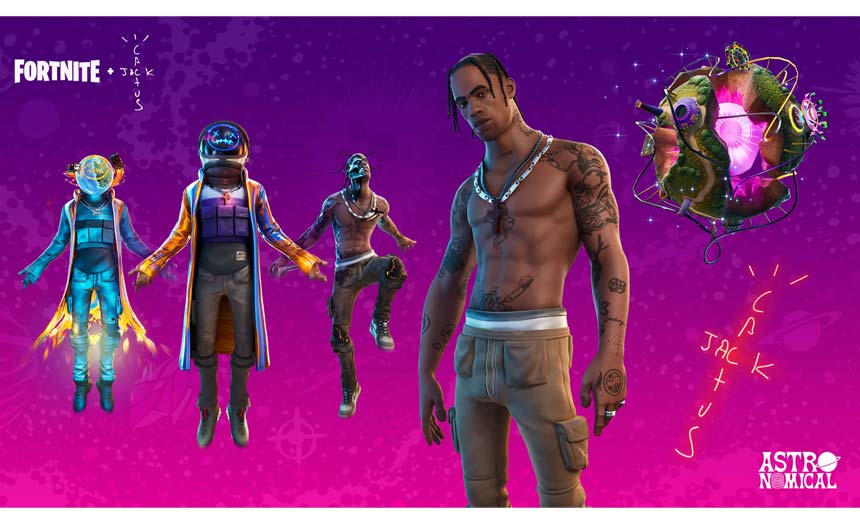
Over the last year, new gaming IP such as Among Us and Fall Guys has displayed the power of immediately recognisable imagery in the world of licensing. The simple, colourful designs of the characters in these games make them more likely to resonate with audiences, therefore more likely to translate into purchase behaviour. UK tweens who play Among Us are 2.5x more likely than the average kid their age to buy licensed video game collectables.
In gaming, collectables are a particularly significant licensing category, aimed at a slightly older demographic of kids who are some of the most engaged members of this audience.
The world of VR also promises some huge opportunities for streaming platforms and smart TVs, both in terms of marketing and content, casting the metaverse as an exciting addition to existing mediums entertainment. 3 in 5 kids in the UK report having access to smart TVs. For manufacturers like Samsung and LG, an increase in product sales suggests a huge growth for their free, ad-supported streaming services. These projections shed light on the drive behind Amazon solidifying its smart TV strategy. As interest in AR/VR continues to grow, we expect to see TV and streaming platforms, services and providers look to incorporate new interactive technologies into their products, contributing to the rise of the metaverse.
This feature originally appeared in the summer 2022 edition of Licensing Source Book. To read the full publication, click on this link.












